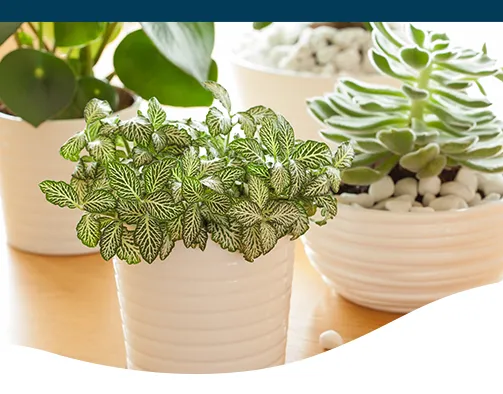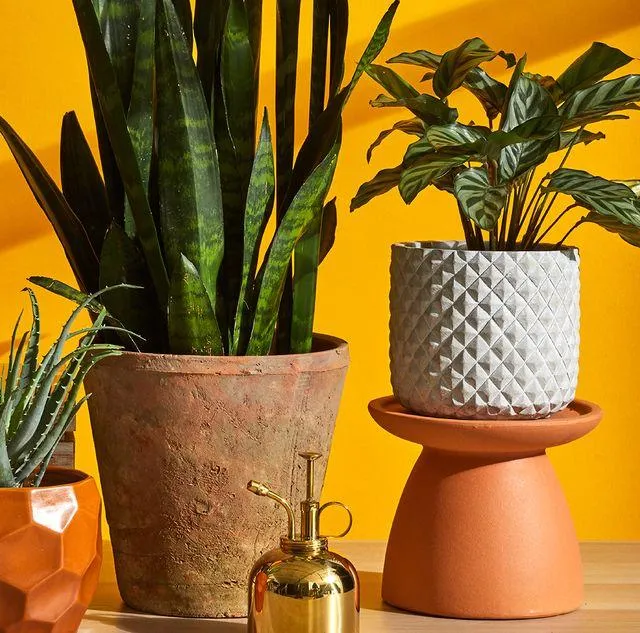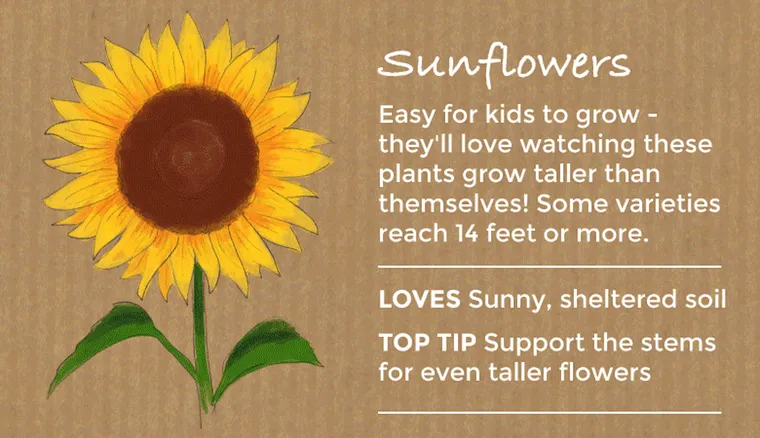Your Complete Guide to Growing Indoor Trees
Whether you want to add some greenery to your home or just love having living plants around, growing indoor trees is a fantastic option. There are several low-maintenance tree varieties that thrive indoors and can withstand less-than-ideal conditions. In this article, I’ll cover all the basics of selecting, caring for, and troubleshooting indoor trees to help you succeed.
Choosing the Right Tree for Indoor Growing
The first step is choosing a tree species well-suited to indoor conditions. Several types are particularly easy to care for inside. Here are some top recommendations:
- Chinese Evergreens: Also called Aglaonema, these tropical shrubs come in various colorful leaf varieties. Chinese Evergreens tolerate low-light levels and do well in most indoor environments.
- Weeping Fig: With their cascading leaf patterns, Weeping Figs add drama to any room. Just be sure not to overwater—they prefer to dry out slightly between waterings.
- Dwarf Rubber Plant: With their sturdy, deep green leaves, Rubber Plants are practically indestructible. They’re great for offices and apartments with low natural light.
- Dwarf Date Palm: While not technically a tree, these palms stay compact and make a lovely architectural accent. Give them plenty of sunlight for healthy growth.
Key things to consider about sunlight, soil moisture, and space requirements will help you pick the perfect indoor tree match.
Tips for Indoor Tree Care
No matter which variety you choose, following best practices will keep your indoor tree thriving:
- Water when the top 1-2 inches of soil are dry. Check soil moisture daily instead of watering on a schedule, as conditions vary. Overwatering is a common issue.
- Provide adequate, indirect sunlight. Most houseplants need medium to bright daylight but not harsh sun, which can scorch leaves. Rotate plants weekly for even growth.
- Use well-draining potting mix like peat moss or compost to prevent root rot in moist soil. Repot at least once a year or when roots emerge from the drainage holes.
- Mist leaves occasionally if the air is very dry. The humidity helps prevent crispy edges. You can also use a pebble tray or humidifier near plants.
- Prune off any dead or diseased branches to maintain an attractive shape. Sanitize tools between prunings to avoid spreading issues.
With basic watering, lighting and soil care, indoor trees will reward you with fresh greenery for many years. But sometimes unexpected troubles emerge, so it pays to troubleshoot potential problems early.

Common Indoor Tree Problems And Solutions
From my experience growing houseplants, these are some of the most common problems and how to fix them:
Yellowing or Browning Leaves
Yellow leaves typically mean overwatering, while brown leaves suggest underwatering. Adjust your watering routine and check the soil moisture daily until the issue is resolved.
Crispy Leaf Edges
This is caused by low humidity and can be remedied with frequent misting, a pebble tray, or humidifier near the plant. Rotate plants so all sides get indirect sunlight, which improves transpiration and humidity around leaves.
Pale, Slow Growth
Lack of proper sunlight is usually the issue. Move plants to a brighter spot—potentially a south or west-facing window—and prune off any leggy new growth that’s searching for light.
Brown Tips On Leaves
Brown tips commonly stem from hard water deposits, chlorine or fluoride in tap water. Switch to distilled, rain or filtered water and take extra care when watering to prevent drips onto leaves.

Pest Infestations
Check closely for signs of pests like spider mites, aphids or scale. Isolate and shower affected plants before gently wiping pests away with a cotton ball soaked in neem oil or insecticidal soap, being careful to cover all leaf surfaces.
With some trial and error, you can prevent and troubleshoot most indoor tree issues. Remember that thriving houseplants start with finding the right growing conditions.
Getting The Most From Indoor Trees
Once you have an indoor tree established, here are some tips to fully appreciate your investment:
- Display specimen trees in decorative pots on plant stands or pegboards to showcase their natural beauty.
- Consider growing different indoor tree varieties together in a creative arrangement that resembles a miniature indoor jungle or forest.
- Place indoor trees liberally throughout your home—not just by windows—to filter indoor air throughout living spaces.
- Share cuttings with friends and family to spread the indoor tree joy! Most varieties can be propagated from stem or leaf clippings in water or soil.
- Give trees as thoughtful gifts that will continue giving year after year with minimal care from recipients. Include a short care guide.
I hope these tips have helped you better understand how to succeed with growing indoor trees! Let me know if you have any other questions in your plant journey. Happy growing!
Easy to Grow Indoor Trees
| Tree | Growth Rate | Water Needs | Light Needs | Special Care |
|---|---|---|---|---|
| Jade Plant | Slow | Let soil dry between watering | Bright, indirect light | Prune occasionally |
| Money Tree | Moderate | Water when top soil is dry | Bright, indirect light | Rotate regularly for even growth |
| Chinese Evergreen | Moderate | Keep soil slightly moist | Indirect light | Trim off wilted leaves |
| Spider Plant | Fast | Let soil dry between watering | Bright, indirect light | Propagate from plantlets |
| Pothos | Fast | Let soil dry between watering | Low to bright, indirect light | Propagate stems in water |
FAQ
-
What types of trees grow well indoors?
Some basic tree varieties that usually do alright in indoor conditions are dwarf bamboos, dwarf jade plant, small fig varieties, and dwarf mangrove. Basically any tree that stays miniature tends to adjust fairly well to indoor living.

-
How much sunlight do indoor trees need?
Most indoor trees need medium to bright indirect light. Direct sunlight through a window can be too powerful and cause leaf burn. As a basic rule, trees appreciate at least five to six hours of indirect natural light per day. Nevertheless, some varieties tolerate low light better than others.
-
What size pot is suitable for an indoor tree?
The container should be only a bit bigger than the root ball. As a rough guide, choose a pot around twice the width of the root ball. Too big a pot can keep the soil soggy. However, be prepared to upgrade to a larger pot as your tree expands. Strong drainage holes are also important for indoor trees.
-
How often should indoor trees be watered?
Water indoor trees when the top inch or two of soil becomes dry. The frequency can vary from every five to seven days. At the same time, be careful not to overwater small indoor trees, as soggy soil can cause root rot. It’s safer to undertake rather than drown the roots.
-
What type of soil is best for planting indoor trees?
A good potting mix specifically for houseplants works well. Look for a soil that drains well and retains some moisture. Peat moss mixed with perlite or vermiculite creates an airy soil that indoor trees seem to like. Strong, nutrient-rich potting soil can sometimes burn delicate tree roots. On the other hand, using regular garden soil risks compacting.
-
How do you care for an indoor tree over the winter?
Cut back on watering but don’t allow the soil to dry out fully. Move the tree away from cold drafts near windows. Watch for signs of drought stress like wilted leaves and water when the top soil becomes slightly dry. Provide extra humidity by placing the pot on a pebble tray with water. Despite the winter chill indoors, indoor trees often stay actively growing.

-
What are some common problems for indoor trees?
Too much or too little water, low humidity, and lack of light can all cause issues. Watch for pests like spider mites or scale under leaves. Symptoms include leaf drop or yellowing. Introducing an insect may control pests. Powdery mildew can form in excess rainwater on leaves. Increase air circulation and carefully wiping foliage may help. Nevertheless, constant problems could signal wrong care or an unsuitable variety.
